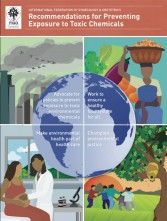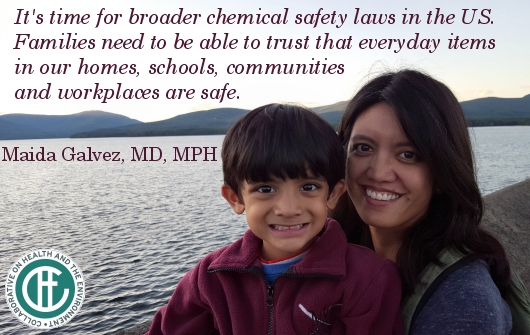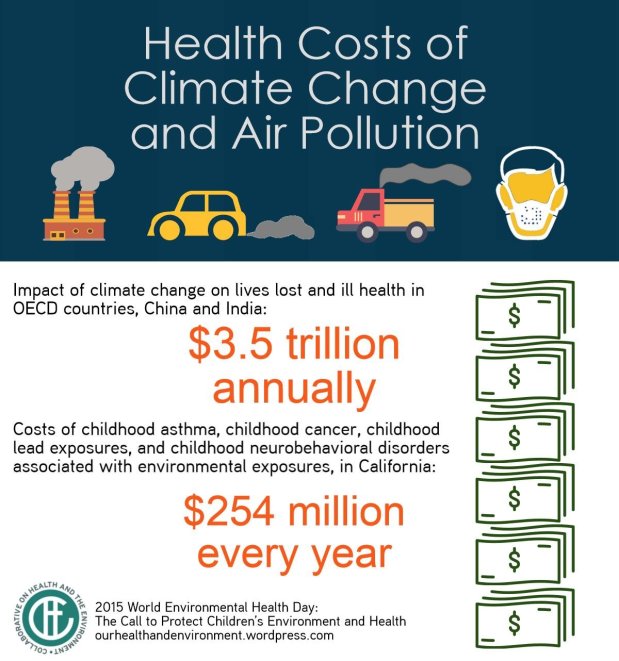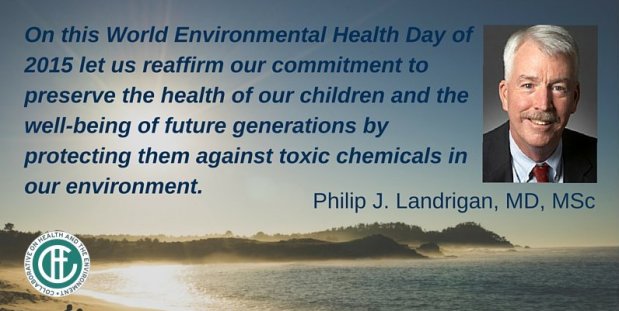 written by Kathy Sykes
written by Kathy Sykes
Senior Advisor for Aging and Public Health at the EPA Office of Research and Development
This post is shared with permission from the Association of State and Territorial Health Officials. It was originally posted on StatePublicHealth.org. Stylistic edits have been made.
What do health disparities, interest on the national debt, and gun violence have in common? Would you believe it’s economic impact, to the tune of $229 billion dollars? That is not small change. This figure demonstrates the magnitude of an issue that continues to burden our society.
The number comes from the Joint Center for Political and Economic Studies, which calculated that during 2003-2006, we would have saved $229 billion in direct healthcare expenditures if we had eliminated health disparities (MMWR). Surprisingly, it also happens to be the total annual cost of gun violence each year, ($8.6 billion in direct costs and $221 billion in indirect costs; Mother Jones). It also happens to be what our country spent as interest on the national debt in 2015 (National Priorities Project).


 written by Stanton Glantz, PhD
written by Stanton Glantz, PhD written by Ted Schettler, MD, MPH
written by Ted Schettler, MD, MPH written by Dick Clapp, DSc MPH
written by Dick Clapp, DSc MPH








 Children’s health and the environment is a most fitting topic for World Environmental Health Day 2015. Children are the most vulnerable among us to degradation of the environment. Any actions that we take to protect infants and children against health threats in the environment will protect not only children, but will also safeguard all of us and preserve the health and well-being of future generations.
Children’s health and the environment is a most fitting topic for World Environmental Health Day 2015. Children are the most vulnerable among us to degradation of the environment. Any actions that we take to protect infants and children against health threats in the environment will protect not only children, but will also safeguard all of us and preserve the health and well-being of future generations.